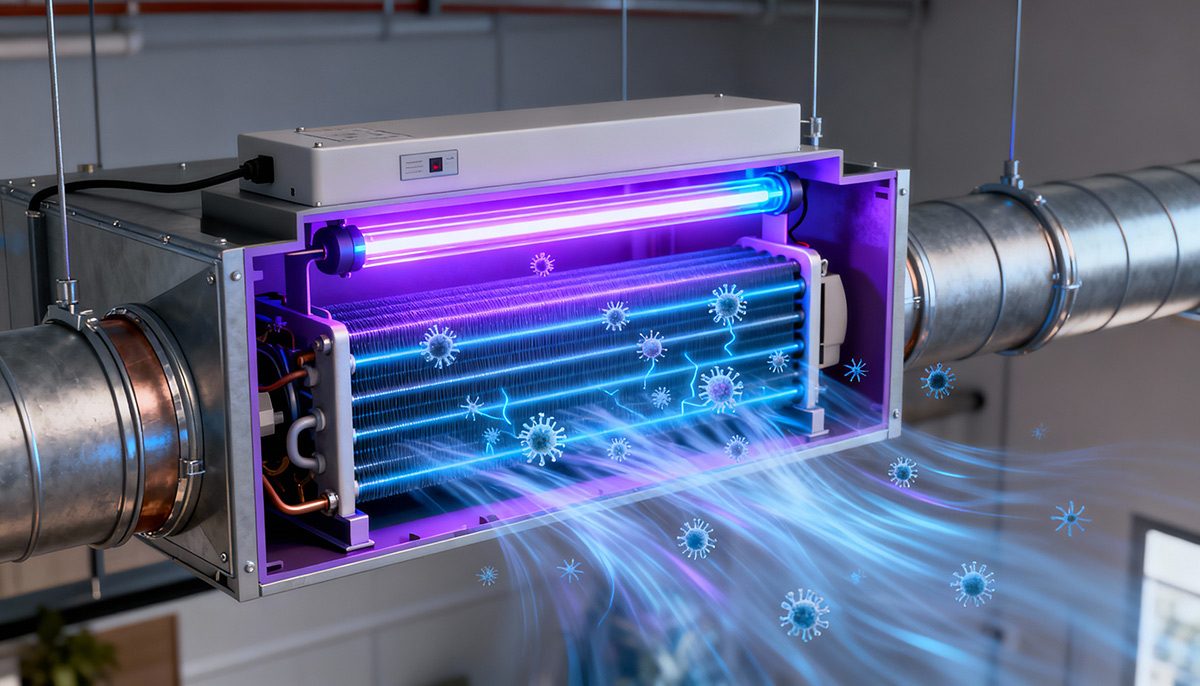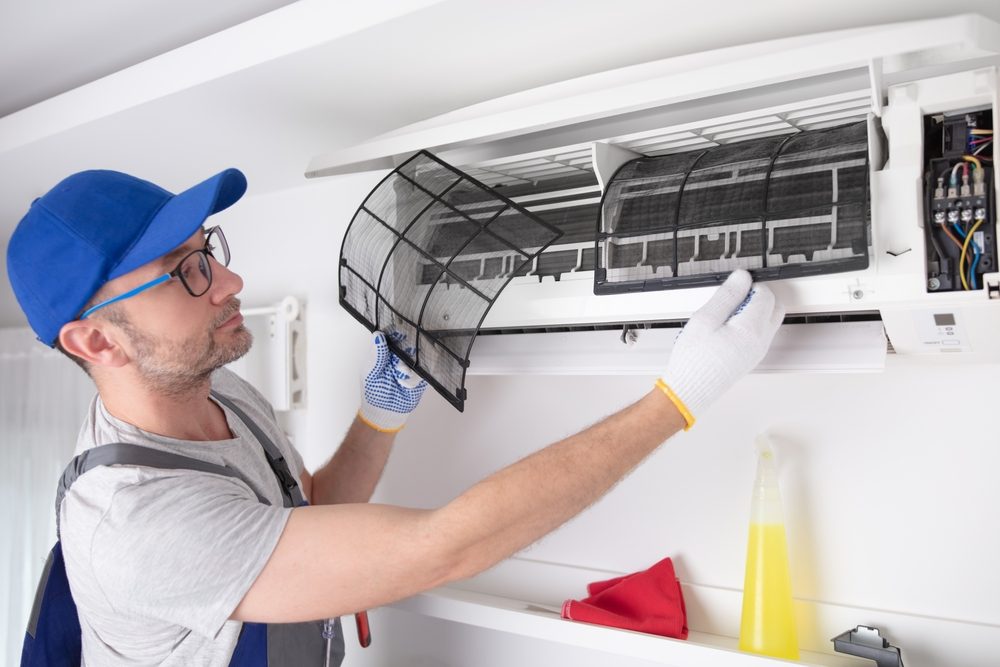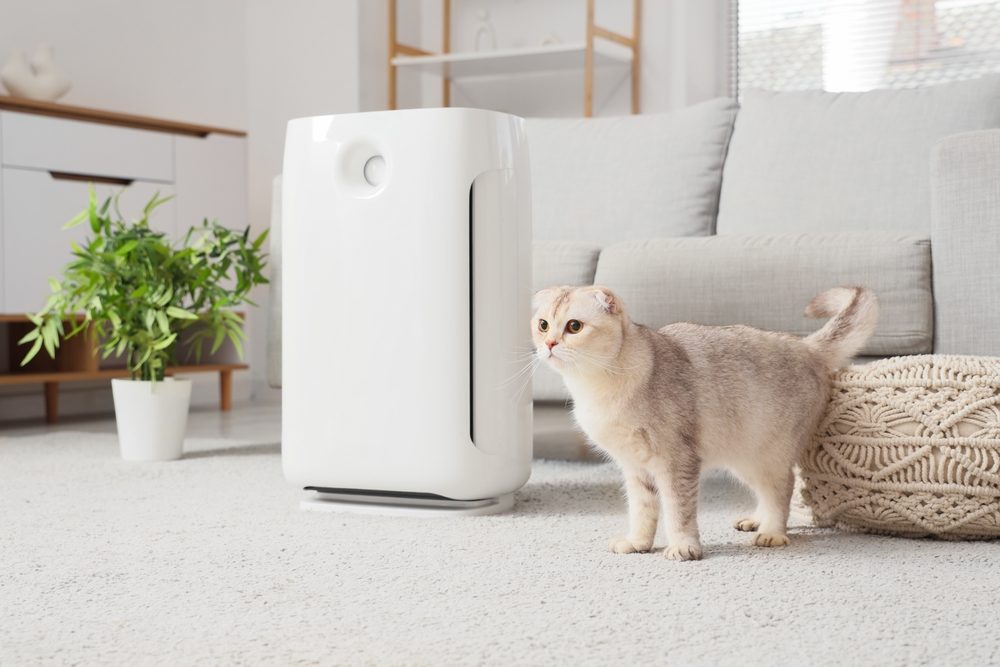
Regulations are always changing and the push for more sustainable HVAC solutions means that a variety of new technologies have been developed, not least R-32 refrigerant which is a smart and environmentally friendly alternative to traditional refrigerant.
So in this article, we will look at what R-32 is, how it fits in and functions within AC systems, as well as how it performs and safety considerations as well. So whether you’re an industry professional or simply looking to upgrade your cooling system, this article will give you what you need to know about R-32 and modern HVAC systems. So let’s get started with a definition.
What is R32 refrigerant?
R-32 refrigerant is also known as difluoromethane. It is a hydrofluorocarbon (HFC) that has a low global warming potential (GWP). It also boasts a 0 ozone depletion potential (ODP). Because of this, it’s considered to be a more sustainable alternative to older refrigerants (such as R-22 which has a high GWP level). Given that high-GWP refrigerants are going to be phased out due to their harmful effects on the ozone layer. Like many countries around the world, the UAE is actively phasing out high-GWP refrigerants.
There was a complete ban of CFCs by 2010 along with the ongoing phasing out of HCFCs such as R-22. The UAE is targeting 2040 to eliminate HFCs. Back in 2023, the UAE introduced strict controls on the import, use, and reporting of HFCs – putting in place quarterly emissions tracking as well as much tighter regulation. Meanwhile, the UAE is encouraging the transition to low-GWP and natural refrigerants through a number of incentives and industry support.
How R32 works in modern HVAC systems
R-32 is a refrigerant which plays a crucial role in modern HVAC systems. Any modern HVAC system will be designed with energy efficiency and environmental responsibility in mind, so the need for R32 is increasing. Unlike older refrigerants, R32 is a single-component refrigerant so it’s easier to handle, recycle and recharge. It also works more efficiently in heat transfer.
In HVAC systems, R-32 works by first absorbing heat from indoor air through evaporation at low pressure. It then releases it outdoors via condensation at higher pressure. R32 allows for faster cooling and heating with less energy input – it also has lower Global Warming Potential (GWP) so it’s a more sustainable choice.
R-32 also has a higher volumetric cooling capacity so systems that use it require less refrigerant overall. This reduces both operating costs and environmental impact. The good news is that because it operates at similar pressures to R-410A, manufacturers can adapt existing technologies to units that are R32 compatible instead of having to design brand new systems. It’s no surprise then that R-32 is becoming the standard in energy-efficient residential and commercial air conditioning units.
Environmental benefits of R32
HVAC systems are being designed and updated to meet strict environmental standards, with R-32 refrigerant becoming an important aspect of this, blending high performance and reduced environmental impact.
Ozone Depletion Potential (ODP): R-32 has an Ozone Depletion Potential of zero, so this means it does not harm the ozone layer. Because of this, it’s compliant with international environmental agreements such as the Montreal Protocol.
Global Warming Potential (GWP): With a GWP of 675, the environmental impact of R-32 is a lot less than older options such as R-410A. This reduction helps manufacturers and users align with climate change mitigation targets.
Higher Energy Efficiency: R-32 enables HVAC systems to operate with greater energy efficiency, with superior heat transfer performance and less energy required to achieve the same cooling or heating output. The result is lower electricity usage as well as lowering (indirectly) greenhouse gas emissions.
Low Flammability Classification (A2L): R-32 is classified as A2L under ISO 817, meaning it is mildly flammable but safe when used in properly designed systems. It has a lower flammability risk compared to many other hydrocarbon alternatives, so it’s a safer transition refrigerant for high-efficiency systems.
Reduced Refrigerant Volume Requirements: Because R-32 has a higher volumetric cooling capacity, HVAC systems can achieve the same performance using less refrigerant. More for less. This reduces the total amount of refrigerant needed across and minimises the environmental risk.
R32 refrigerant safety and performance advantages
R-32 offers a combination of high thermodynamic efficiency and improved safety. It’s the standout choice in modern air conditioning systems. Its excellent heat transfer properties ensure faster cooling and lower energy consumption, helping HVAC systems operate more efficiently.
R-32 has a higher cooling capacity per kilogram compared to many conventional refrigerants. This means you can have smaller system sizes and reduced refrigerant volumes. All without sacrificing the overall output. In turn this leads to lighter, more compact units that are easier to install and maintain.
When it comes to safety, R-32 is classified as an A2L refrigerant under ISO 817. This means it has low toxicity and mild flammability. While it is flammable under certain conditions, it poses a lower risk than many hydrocarbon alternatives and can be safely handled as long as appropriate precaution is taken. Many modern HVAC systems are now designed with built-in safety features to accommodate A2L refrigerants.
When we look at it in summary, R-32 supports long-term reliability in air conditioning units by reducing compressor load, lowering system pressure drops, and improving overall thermal performance. It not only boosts efficiency but also extends equipment lifespan, so it gives you a real advantages offering both environmental and economic advantages.
About Daikin
Daikin offers a range of HVAC systems for residential and commercial needs. Daikin leads the industry in innovation and customer support and operates in 170 countries worldwide with millions of systems installed. We offer a wide range of HVAC systems for residential, commercial, and industrial settings.
Learn more about Daikin’s HVAC products by contacting us today.



